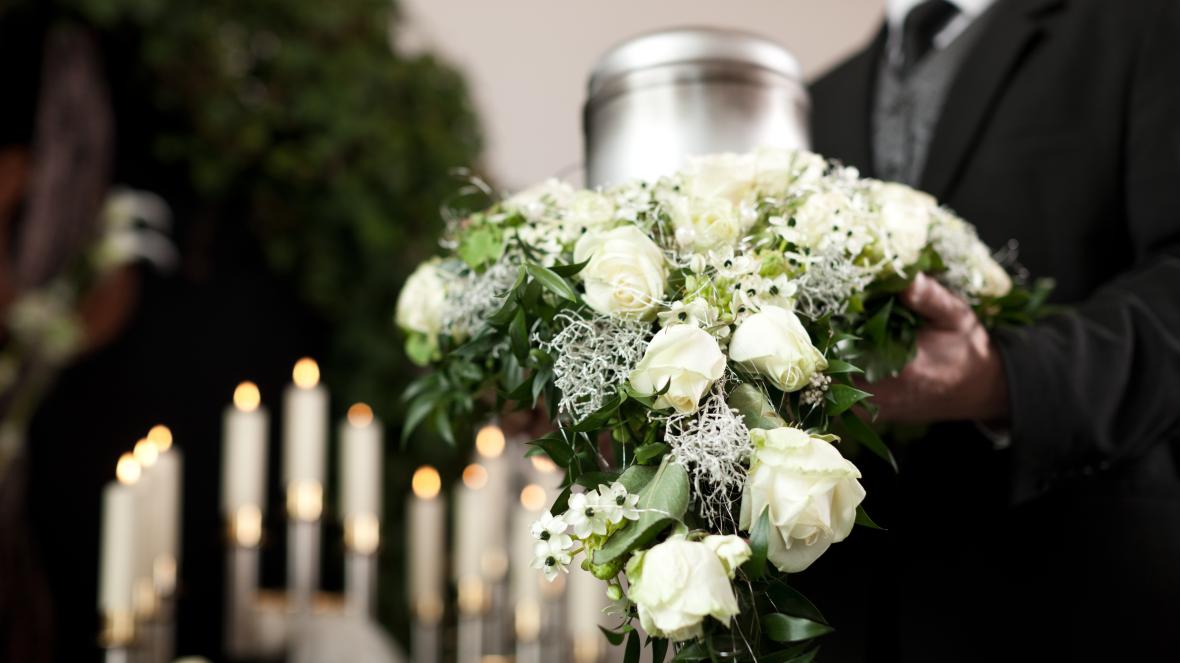The Funeral Procession: Everything You Need To Know
Funeral processions are a solemn event. The procession is the procession of a funeral or memorial service, which typically occurs after the body has been taken from the place of death to the place where it will be interred or entombed. A funeral procession may be led by a hearse that carries the coffin and usually includes other vehicles, such as limousines for family members and friends; clergy; pallbearers; honor guard, etc.
Always hire an experienced Funeral Homes Adelaide expert.
Transportation used in funeral processions
The vehicle used in a funeral procession must be a hearse. The exterior must be black and the interior white, with or without trim. Do your research while hiring Funeral Parlors Adelaide service for your loved ones.
The hearse is not a bus, but it is also not any other kind of vehicle—it has its own design and purpose. Funeral processions are unique and have their own set of rules and regulations that must be followed by participants, including drivers, passengers and pedestrians.

Rules and etiquette regarding funeral processions
While a police escort is not required, it's highly recommended that you have one. When the funeral procession reaches intersections, the lead vehicle will stop in order for all vehicles to follow suit and safely cross. If you do not have a police escort, then you must follow the rules of the road at all times.
If you're planning to drive with your headlights on during your loved one's funeral procession, it's best practice to turn them off once you've passed through intersections and are near cars going in both directions.
This will allow other drivers to see when it's safe for them to proceed as well as make sure that no one else is driving with their headlights off—a common issue on highways where visibility is limited by trees or buildings blocking parts of roads at certain points along routes (think about how many times there have been accidents because someone wasn't paying attention).
The maximum number of vehicles allowed in an official funeral procession is 15 (which includes motorcycles) plus an escort vehicle; however, it depends on what state they live/die/are buried in so check beforehand! If there should be any questions regarding this matter then feel free ask around.
- Funeral processions must have a police escort.
- The police escort ensures the safety of the procession, so that it can proceed as quickly and safely as possible.
- The police also make sure that other vehicles are not pulled over or impeded by the procession's route or speed.
If you are in a procession, you must follow the lead vehicle. This means that if the lead vehicle turns off onto another road or makes an unexpected stop, you must do the same. The police will usually inform drivers of any such changes to their route.
Conclusion
Funeral processions are a sign of respect and remembrance, they can be either a small affair or a large one. The possibility of having your own funeral procession is what makes it so special. If you need help with funeral processions, then speak with Funeral Homes Adelaide company today.
Comments
Post a Comment